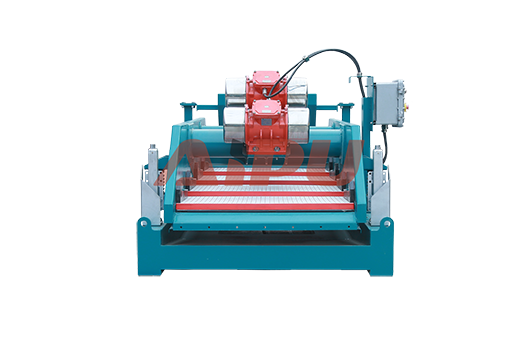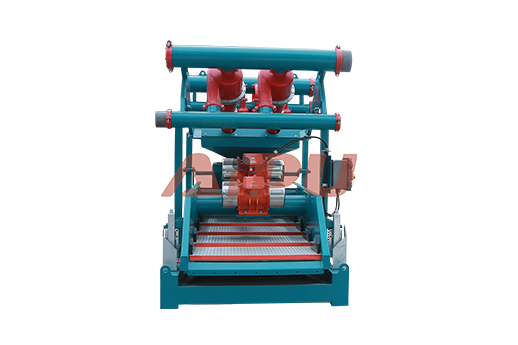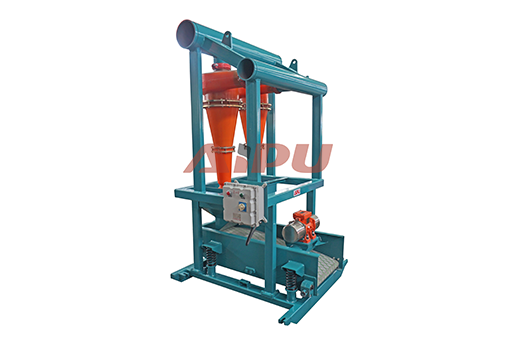How to Handle Vibration Imbalance in Shale Shakers
Vibration imbalance in shale shakers is a critical issue that can severely impact drilling operations, leading to reduced screening efficiency, accelerated wear on components, and potential equipment failure. This mechanical problem occurs when the vibrational forces are not uniformly distributed across the shaker's deck, causing erratic motion, excessive noise, and poor solids separation. Addressing this imbalance promptly is essential for maintaining optimal performance, ensuring safety on the rig floor, and minimizing costly downtime. Recognizing the early signs and understanding the corrective procedures can save significant time and resources.
Identifying the Symptoms of Vibration Imbalance
Operators must be vigilant for tell-tale signs of an imbalance. These often include the shaker rocking excessively instead of vibrating smoothly, unusual or loud knocking sounds emanating from the vibrator assembly, and visible uneven motion of the screen surface. Another clear indicator is poor performance, where drilled solids are not being effectively separated from the drilling fluid, leading to a wetter discharge. Consistent screen failures in specific locations can also point towards an underlying imbalance issue that needs immediate attention.

Common Causes and Immediate Checks
Several factors can lead to vibration imbalance. The most common cause is the accumulation of dried mud or solids on the vibrator weights or housing, creating an uneven mass distribution. Worn-out or damaged bearings within the vibrator motor are another frequent culprit. It is also crucial to check if the screens are correctly and evenly tensioned, as a loose or improperly installed screen can disrupt the machine's harmonic balance. A simple visual inspection for debris and a check for any loose bolts or structural components should always be the first step.
Step-by-Step Correction Procedures
To correct a vibration imbalance, begin by performing a complete shutdown and lockout/tagout of the equipment for safety. Thoroughly clean all components, especially the vibrator motors and weights, to remove any caked-on solids. Inspect the motors and bearings for signs of wear or damage; replacing faulty parts is non-negotiable. Ensure that the screen panel is correctly installed and tensioned according to the manufacturer's specifications. After reassembly, conduct a brief test run without feeding mud to observe the motion. If the imbalance persists, it may be necessary to have a specialist check the alignment and integrity of the vibrator shafts.
Implementing a Proactive Maintenance Schedule
Preventing vibration imbalance is far more efficient than reacting to it. Establishing a rigorous and routine maintenance schedule is paramount. This includes regular cleaning after each shift or job, scheduled inspection and lubrication of vibrator bearings, and periodic checks of all fasteners and structural welds. Keeping a log of maintenance activities and any imbalance incidents can help identify recurring issues and predict part failures before they cause operational disruptions.
For operations demanding reliability and peak performance from their solids control equipment, partnering with a trusted manufacturer is key. Aipu offers a range of robust and efficiently designed shale shakers and other solid control equipment, known for their durability and balanced vibration systems, helping to minimize these common operational challenges.







